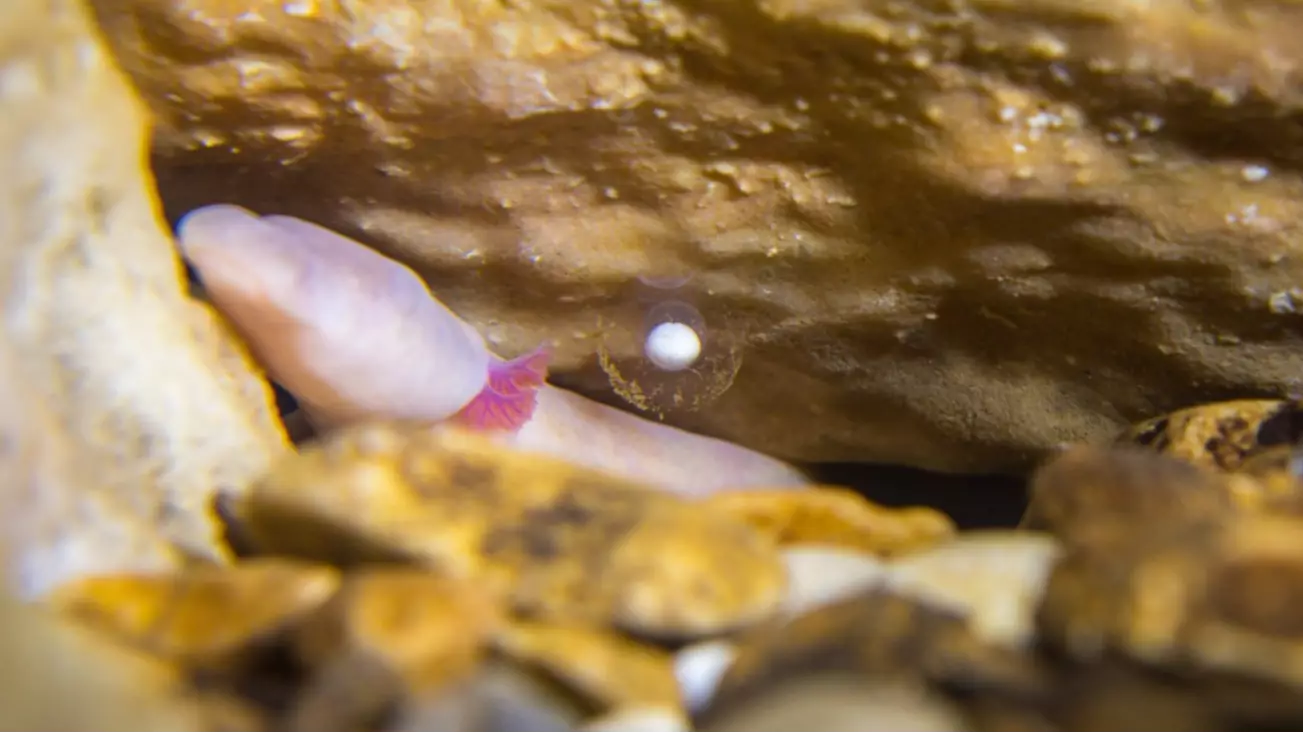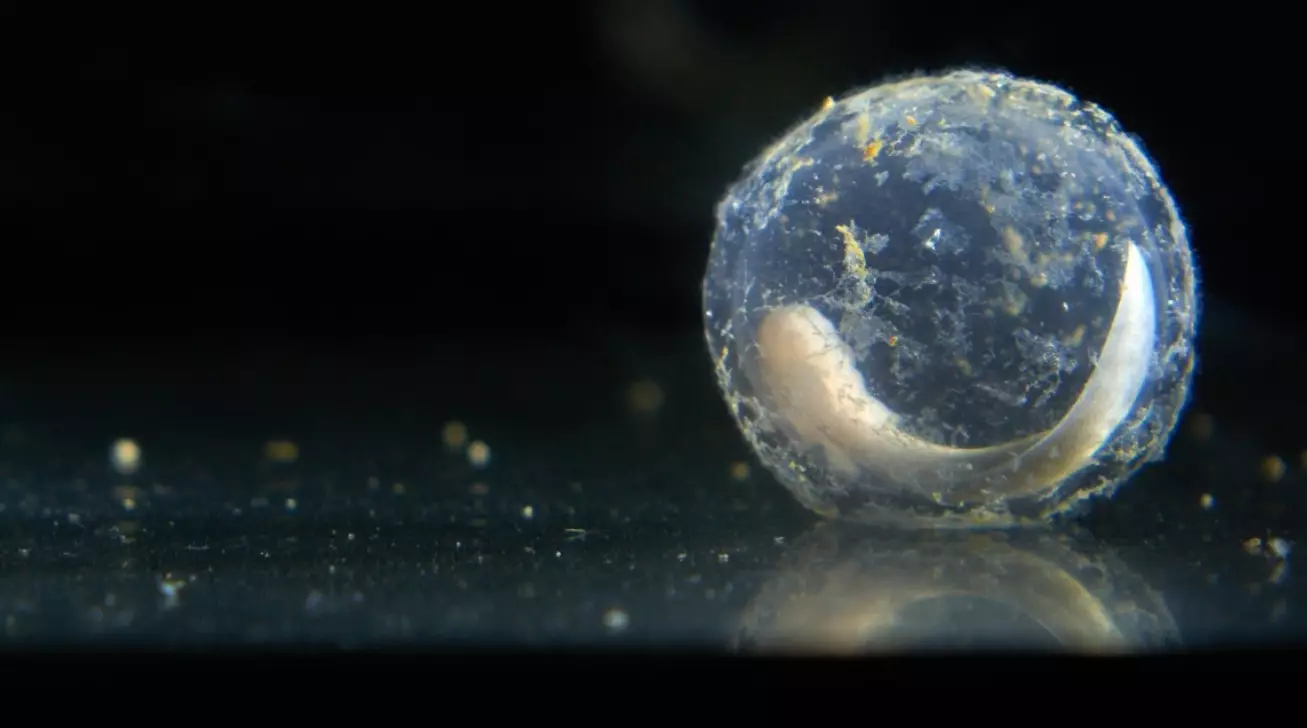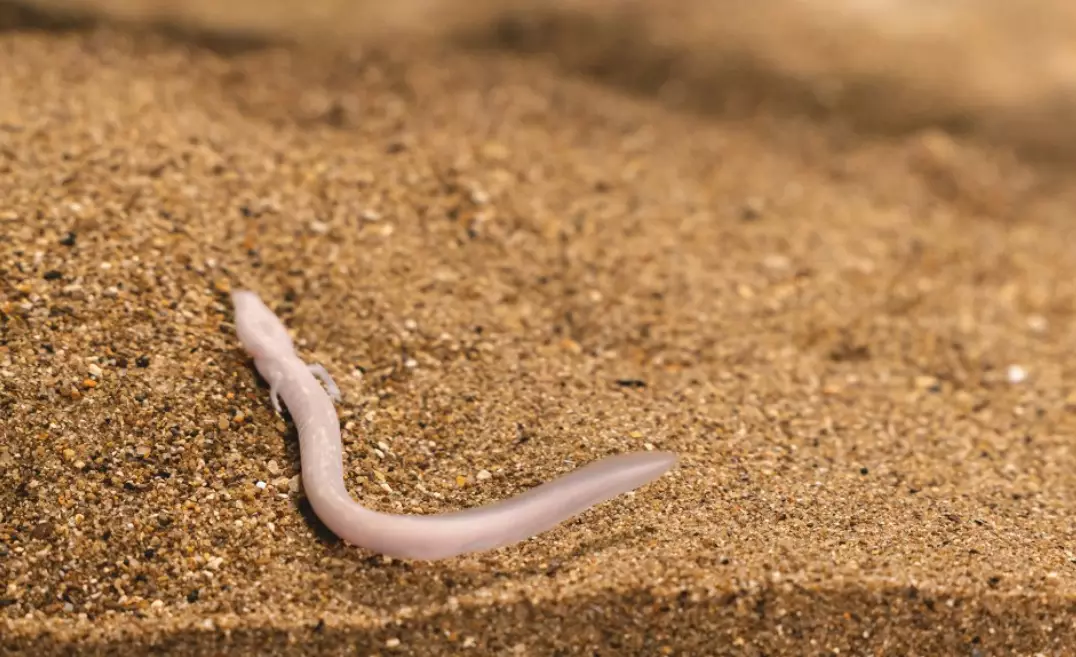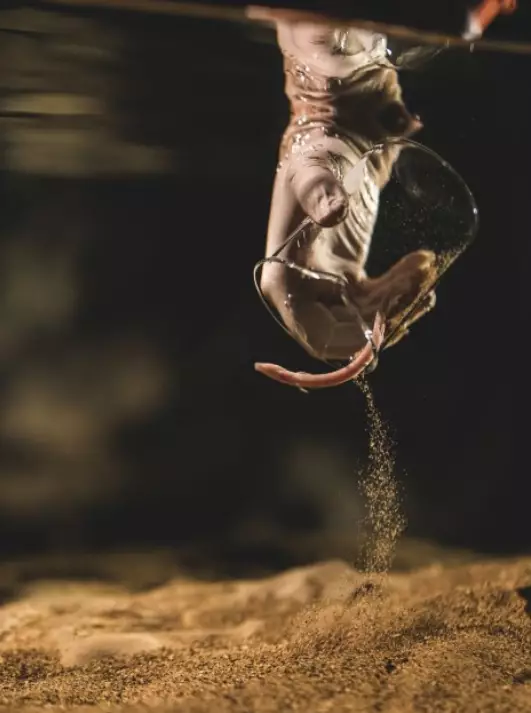
A bunch of 'baby dragons' born in a cave in Slovenia will be going on display for the first time.
Researchers have spent years raising olms - an ancient salamander that only breed once in a decade - in Postojna Cave.
Advert
Back in 2016, one of the female olms laid 64 eggs inside an aquarium in the cave - of these 22 babies hatched. All but one of the baby olms survived and, until now, they were the cave's 'best kept and most carefully guarded secret'.
The baby olms have spent the past four years hidden away and only been seen by those working at the cave's lab, but now Postojna Cave is allowing up to 30 visitors per day to come and check out the animals in a new tour called Meet the Baby Dragons.

Marjan Batagelj, Postojna Cave's managing director, said: "The opening of a new tour aquarium with three baby olms marks a new milestone both for the olms and for Postojna Cave.
Advert
"For centuries, the cave has been considered the cradle of speleobiology and the world's number one cave in terms of biodiversity.
"This, however, is also an extraordinary achievement of our team - our biologists and the marketing team."

The bizarre-looking creatures can live for up to 100 years and spend their entire lives underwater - in ancient times people believed the salamanders were dragons' offspring.
Advert
Katja Dolenc Batagelj, who runs the cave laboratory where the olms were born, said: "It was very moving but also very frightening, because we knew all along that something unique was happening, and that it was up to us how everything would turn out in the end.
"We had a huge responsibility as the very things started happening for us that Postojna Cave had been hoping for for centuries."
As well as offering people the rare chance to see olms, the hard work from the team could be massively beneficial to the species going forward.

Experts have said the team 'created a one-of-a-kind laboratory in a completely natural environment, which constitutes an important step towards providing optimum artificial conditions for successful breeding of olms, which can greatly contribute to the preservation of this species in the future'.
Advert
To find out more about the project, you can check out the Postojna Cave website here.
Featured Image Credit: Postojna CaveTopics: World News, Animals